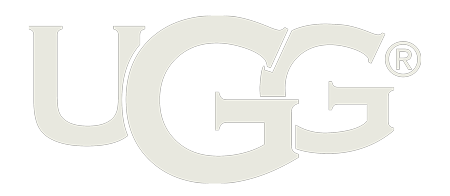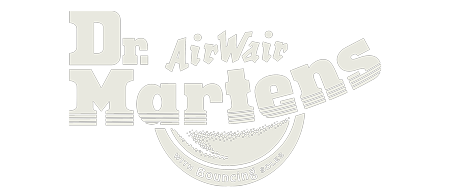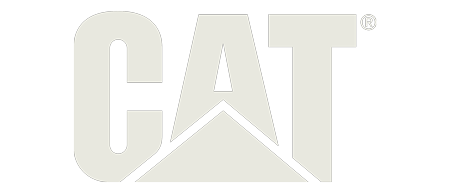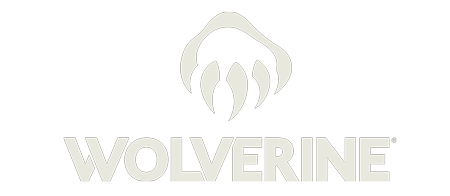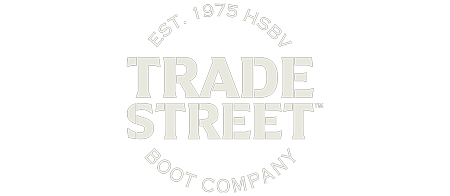Jun 10, 2021 / Safety Toe Footwear
Creating & Implementing a Workplace Safety Program
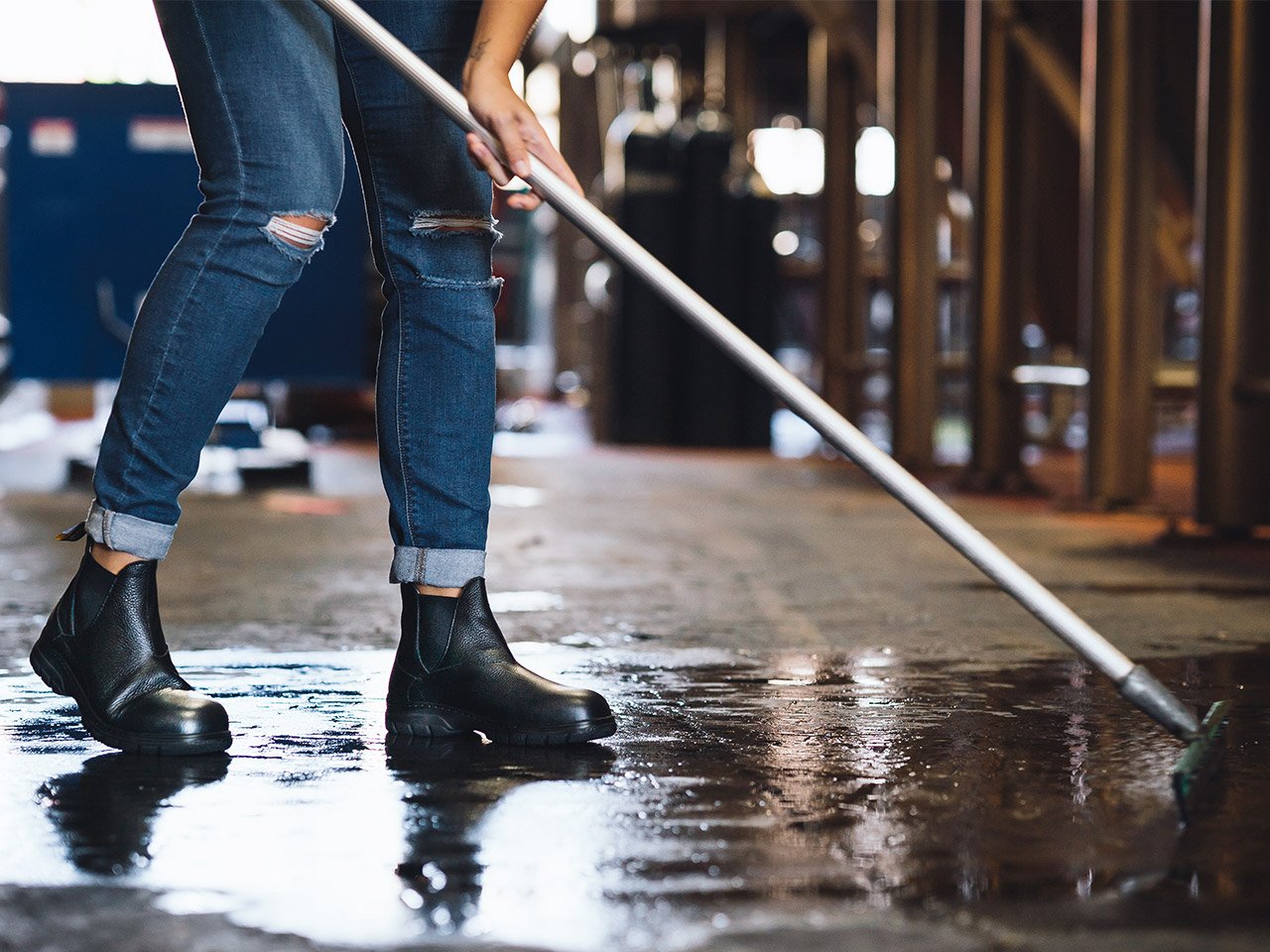
Establishing a health and safety program is the most effective method of ensuring your workers’ well-being and your success. This guide will show you how to create a workplace safety program that promotes employee safety and adheres to the Occupational Safety and Health Administration (OSHA) standards.
What is OSHA?
So, what is OSHA? OSHA is a national public health agency founded to minimize accidents in the workplace. To avoid OSHA violations, use the following information to establish a framework for your company safety program.
Why Bother With a Workplace Safety Program?
Take a look at the statistics:
- An Ohio-based study discovered that the average number of injuries and safety claims fell by 52% after adopting standards based on OSHA’s Safety and Health Achievement Recognition Program (SHARP).
- On average, it takes about 15.7 months to settle a workers’ compensation claim. This is a lot of time spent away from growing your business.
- Since the formation of OSHA in 1970 and the introduction of workplace legislation, onsite deaths have plummeted by over 60%, and injuries have declined by 40%.
The advantages are irrefutable. Beyond legal requirements and prevention of physical and financial suffering, having an office safety program can incur other unexpected benefits, such as:
- Bolstering employee retention and recruiting
- Boosting workplace morale
- Improving product or service quality and the overall process
- Promoting a positive image
- Protecting your employees from injuries with a Corporate Footwear Program in place
Start At The Top | Company Core Values
The best way to remain accountable is to broadcast your intentions. Incorporate your prioritization of workplace health and safety into your company’s core values and mission statement. In doing so, management must commit to demonstrating behavior that aligns with policy, which will aid in fostering a supportive work culture.
Make sure your employees know that they are your first concern:
- Abide by the program parameters yourself.
- Include office safety in your daily discussions with employees.
- Assure employees that their well-being is more important than the bottom line.
- Attest that you will work with them to locate and resolve any potential hazards.
- Having an open-door discussion policy is one quick way to know where your biggest safety concerns are.
Assess the Process
One policy will not address the needs of all companies, so you will need to make specifications to cater to your business. However, one universal step is conducting a thorough analysis of your worksite. Begin with inspecting the training program, machinery, gear, and procedures.
Before creating a protocol, follow these tips for collecting information:
- Compile existing data on hazards.
- Identify employee safety and health hazards.
- Evaluate the risks of each hazard.
- Investigate incidents or concerns to identify root causes.
- Select a method to address the identified hazards.
- Review information alongside workers.
Throughout this process, it is beneficial to include employees because they interact with the equipment and environment daily. Therefore, they might notice details that others might not. So, don’t forget to encourage employees to express concerns openly or anonymously.
Maintain Records
Documentation is an imperative component of your safety program’s success. In addition to all the legally required documents, you should maintain records of:
- Audits
- Incidents
- Inspections
- Meetings
- Policy statements
- Training
Employers should keep an archive of said files. Archiving important documents will enable you to review trends to make improvements, exhibit fair management practices, and minimize potential liability and safety issues.
Pen a Procedure
Upon evaluating all the current and potential dangers and hazards, you can begin developing safety program guidelines. Job descriptions should also be clearly defined, as well as the risks, requirements, and responsibilities. By having written information readily available, you allow employees to continually reference company guidelines and procedures, removing any possible ambivalence about policy.
Be Proactive, Not Reactive
According to OSHA, safety training alone can help curtail the risk of injury and illness in the workplace by 60%. Preparation is the best form of prevention, so be sure to evaluate the efficiency of the program and conceivable ways to improve routinely.
Implement the following measures to ensure the well-being of workers:
- Refresh workers’ memories by offering annual company safety program training.
- Comply with OSHA standards by making the necessary information accessible and readily available.
- Perform inspections regularly to take environmental and personnel changes into account.
- Evaluate the effectiveness of current procedures and implement any necessary adjustments to improve the program. Three performance indicators are employee feedback, supervisor reports, and of course, workplace performance data.
While instruction is a given during the onboarding process of fresh hires, a less emphasized but equally essential strategy is to provide training for any new policy modifications. As environments and variables continue to change, the potential hazards and risks do as well. Combat this by remaining proactive in the workplace.
Employee Training
After composing a standard procedure, educate workers on proper conduct and protocol. By emphasizing training, you show your workers that their safety is a priority. This invites them to engage in safer workplace practices rather than enduring out of fear of repercussions.
Include these necessary training elements:
- Demonstrations with equipment and machinery
- Emergency and accident procedure
- Equipment and machinery demonstrations
- Familiarizing employees with their OSHA rights
- Identifying and reporting hazards
- Mandatory personal protective equipment
- Proper handling of chemicals and hazardous substances
- For more information, view our Workplace Safety Tips to pass onto employees.
Who Needs Training?
Cover all your bases by providing training for anyone who might appear on your payroll. Each person will need to be informed about your company’s policies and procedures, protocols, their rights, and who to contact for questions or concerns. Regardless of the duration of their employment, clarity in operations can easily prevent a mishap.
Individuals that this may include are:
- Contractors
- Managers
- Sub-contractors
- Supervisors
- Temporary agency workers
- Workers
Prevention through Design
In addition to training, you should apply “Prevention through Design” principles and require the use of safer equipment, machinery, and materials. Lacking appropriate personal protective equipment (PPE), workers are more susceptible to workplace injuries, illness, and accidents.
Regardless of the industry, the chances are that your workforce will be mobile, whether it requires heavy-lifting, constant movement, or interaction with other elements. And that means they face potentially serious workplace injuries—or, more so, their feet do.
The Bureau of Labor Statistics found that over 53,000 foot injuries each year prevented workers from working. Safeguard employees and get them the necessary protection and tools to perform ably and securely.
Foot Protection
As a part of cultivating a safe workplace for your workers, you must not solely focus on the physical workspace and disregard PPE as a preventative measure. Avoid contributing to the $967.9 billion that companies lose on missteps and tumbles.
Whether it’s steel-toe, water-resistance, or insulation you’re seeking, explore Boot World’s vast selection, designed with hard work in mind.
Don’t join the 75% of those injured on the job due to improper shoes. The choice to require footwear that provides support and protection from hazards specific to your worksite will not only save you money but can prevent disability, impairment, and impeded performance.
Ready, Set, Action
With a policy in hand, it is now time to implement your program. You can expect performance and adherence by clearly establishing roles and responsibilities. Moreover, an open environment can contribute to the creation of a company that invites conversations regarding workplace health and safety.
How do you successfully enact and reinforce it?
Assign tasks – To prevent inaction during emergencies, designate specific individuals to hold authority in particular scenarios. Delegate responsibilities to these individuals, such as spearheading the safety initiative, planning, and recording progress and problems.
Reward achievement – Take a positive approach and acknowledge accomplishments. When health goals that prevent accidents and illness are met or exceeded, praise employee performance.
Communicate, communicate, communicate – Like the previous step functions, the significance of having a workplace where one may freely speak and discuss concerns must be reiterated. Your workers are your eyes on the floor and are likely able to detect safety issues before management. Simply help them help you—both parties benefit.
Ensuring Enforcement
Another helpful measure to guarantee enforcement is having a written policy and agreement that the worker has read, comprehended, and agrees to comply with the determined guidelines. Then, add the document to personnel files. Additionally, any updates will require new agreements.
Moreover, consider developing a system for disciplinary actions to ensure they are equitably applied. Before the need for correction, remember to be proactive, meaning make sure each individual fully understands the potential impact of their actions.
Safety First, Success Next
Often, you will find that most accidents were preventable. With the aid of a workplace safety program, you can drastically reduce the occurrence of incidents. Information and guidance can undeniably enhance productivity and create a safer workplace. In addition to knowledge, you must furnish your employees with adequate protection.
Take your first step towards a secure future by investing in quality footwear with Boot World. With the Boot World Corporate Program, equipping your workers with much needed work-appropriate shoes has never been easier.
Plus, Boot World will bring the shoes to you! Talk to one of Boot World’s experts today to have your employees fitted and aligned with your new health and safety program’s objectives.
Sources:
- Concentra. How to Create a Successful Employee Safety Program.
https://www.concentra.com/resource-center/articles/how-to-create-a-successful-employee-safety-program/ - EHS Insight. 5 Steps to Developing an Effective Workplace Safety Program.
https://www.ehsinsight.com/blog/5-steps-to-developing-an-effective-workplace-safety-program - Occupational Safety and Health Administration. Management Leadership.
https://www.osha.gov/shpguidelines/management-leadership.html - Occupational Safety and Health Administration. Recommended Practices for Safety and Health Programs.
https://www.osha.gov/Publications/OSHA3885.pdf - Wolters Kluwer. Implementing a Workplace Safety Program.
https://www.bizfilings.com/toolkit/research-topics/office-hr/implementing-a-workplace-safety-program
Reviewed By:
Ed Stone brings over 45 years of footwear knowledge and passion to his role as President of Boot World, a family-owned company and an industry leader in safety and occupational footwear. A second generation "shoe dog” Ed's footwear knowledge is unparalleled, serving as an informal advisor for some of the worlds largest footwear brands including Wolverine, Timberland PRO, and Reebok Works.
A lifelong Southern California resident, and ardent conservationist, Ed enjoys hiking and open water swimming.










